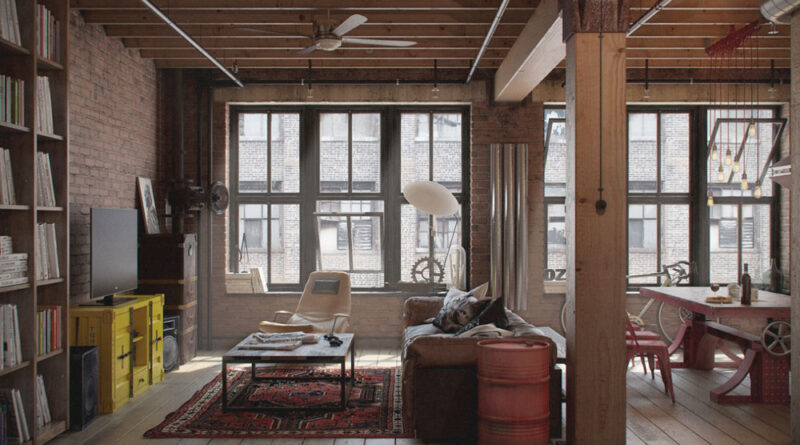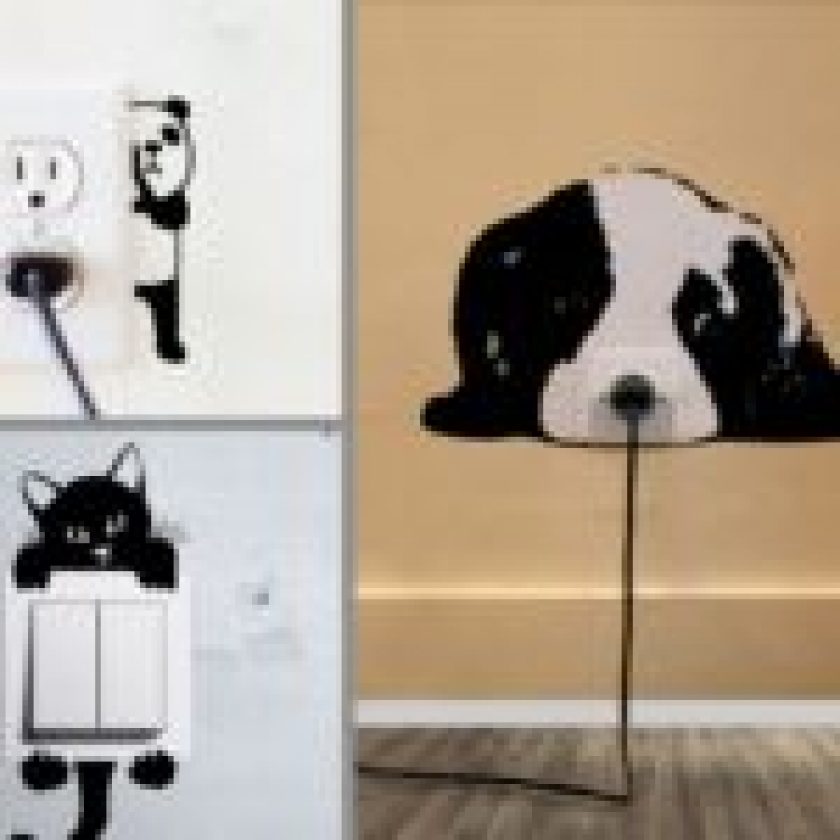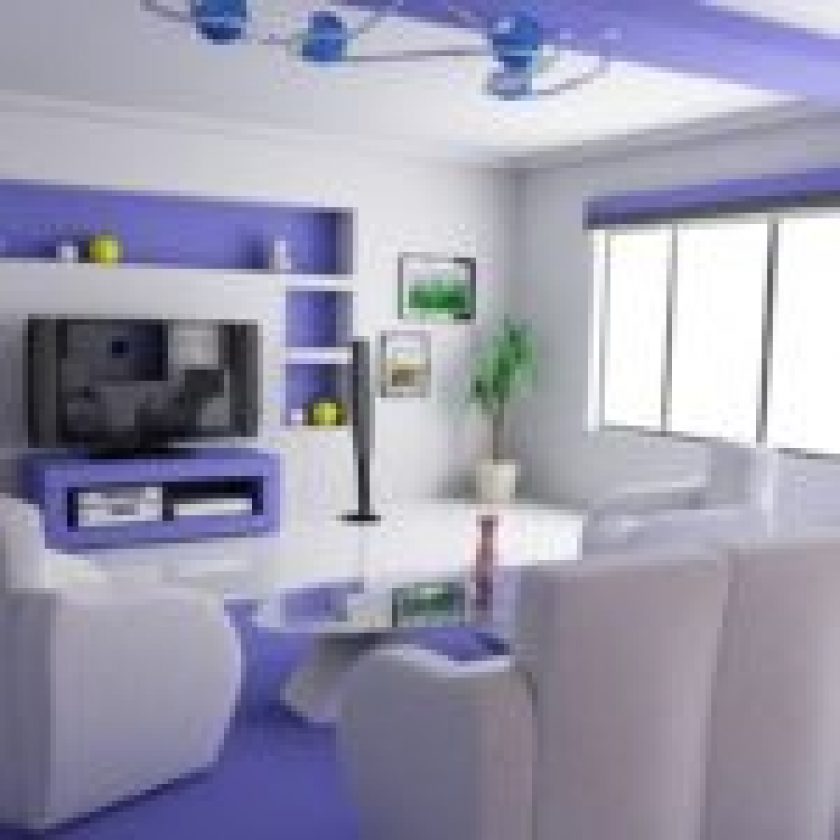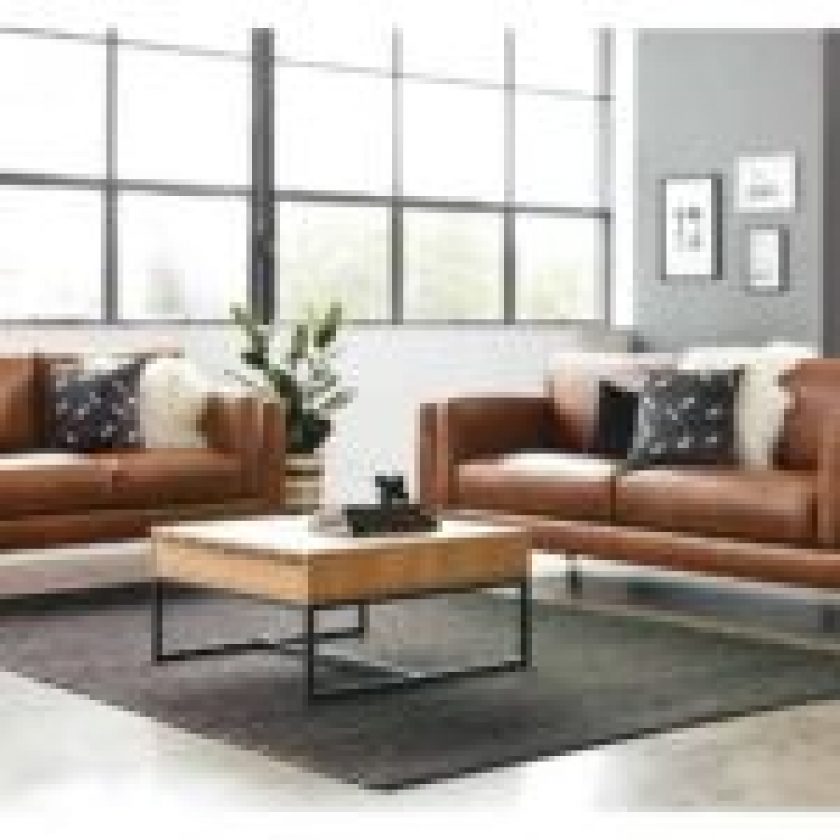With current lifestyle trends reflecting the pleasures of bucolic paradise, it’s no wonder that we’ve seen an increase in industrial style consumer demands in recent seasons, and for good reason. To achieve the appropriate balance of contrasts, industrial style decor combines sleek modernism and old traditional charm with a natural, lived-in atmosphere. But what exactly does industrial-style interior design imply? And, when it comes to constructing modern industrial house designs, how can you make the appearance work for you without making it appear too heavy-handed?
How It All Begins!
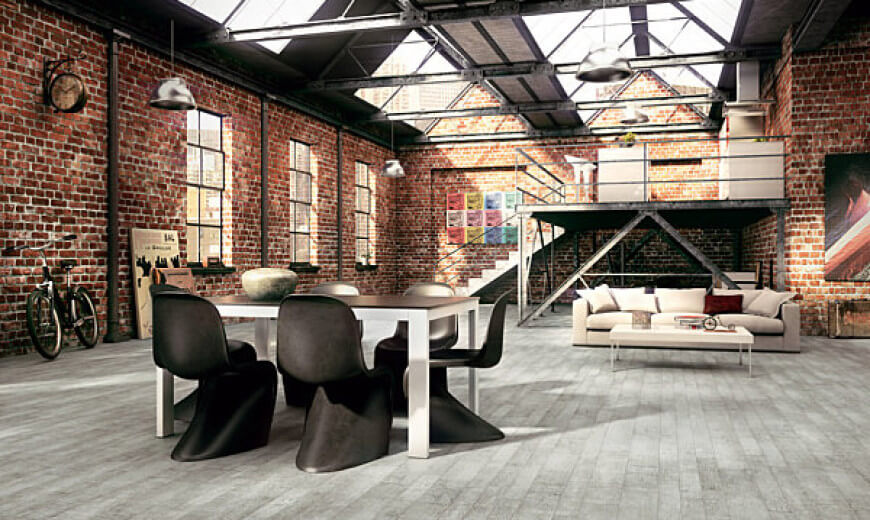
source: decoist.com
Industrial interior design is inspired by industries developed in the late nineteenth and early twentieth century. Buildings made of brick, concrete, steel, and iron are intended to survive for many years. These wide, clear areas were designed to accommodate more workers in order to do more work.
However, as time passed and workplaces changed, these robust factories need a new function. These abandoned houses have been turned into wonderful living places for decades. It was a bold decision that spawned a completely new interior design style that continues to influence designers today.
Meaning Of Industrial Interior Style…
The architectural components inside a place characterize an industrial interior. Other designs conceal plumbing and ducting, while industrial embraces them and makes them a prominent point. Industrial interior design is rough, almost unfinished, and provides a casual, comfortable environment to live in. This design is friendly and casual since it keeps the area utilitarian and uncomplicated.
Major Elements Of Modern Industrial Interior Design:
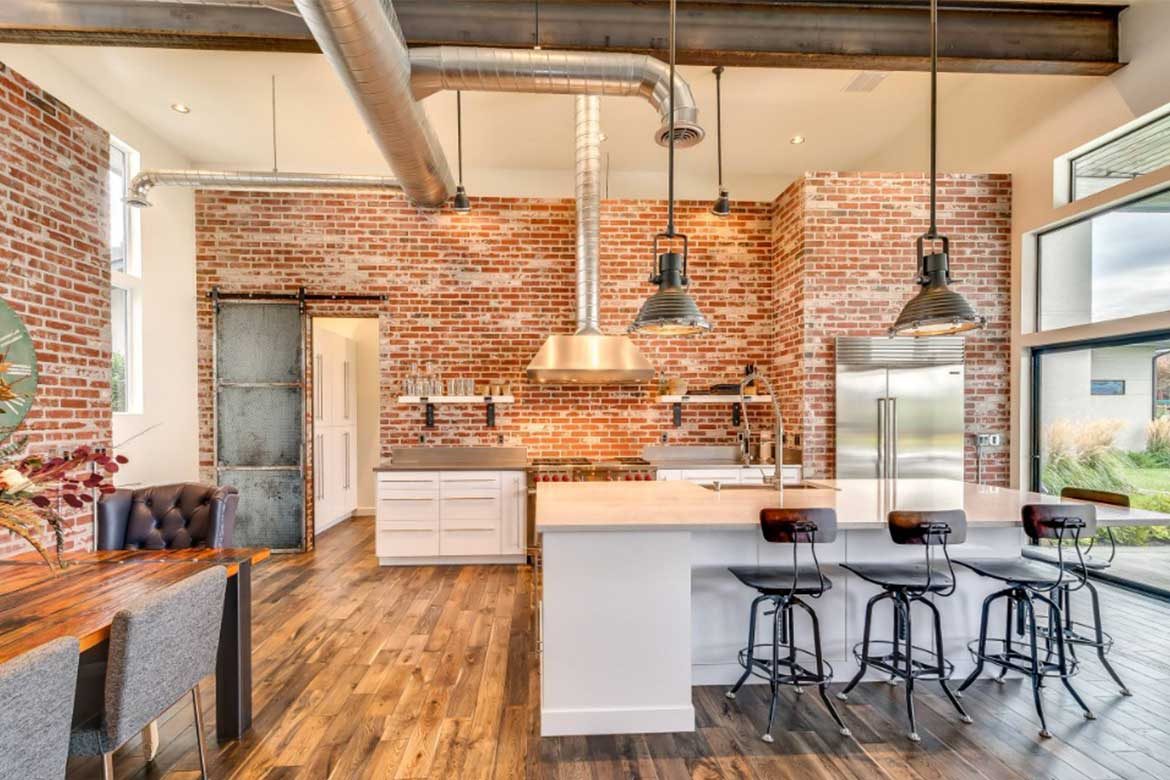
source: linesmag.com
This design gives you a raw and harmonious but simple look. Industrial house interiors are all about revealing your daring side by revealing what is typically hidden and mixing it all in one bland rustic tone. Live Enhanced highlights a few key aspects of modern industrial Interior design to help you design your dream house!
Brick Walls
Brick walls definitely give your home a casual yet rugged appearance. Brick walls are also ideal for generating a comfortable indoor atmosphere since they absorb humidity quicker than any other substance and have higher durability.
Vintage Spark
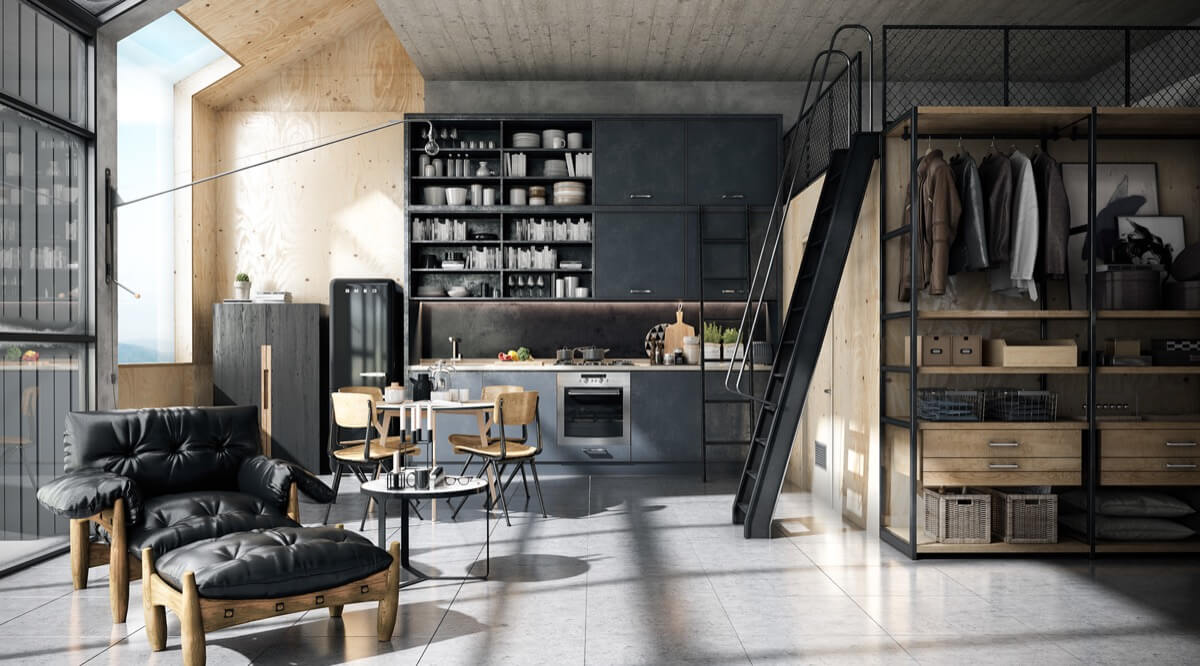
source: home-designing.com
Colorful and flamboyant pieces are a no-no for Industrial interiors, but basic and muted pieces from a local goodwill shop are recommended. Everything is raw and even second-hand,’ which adds to the aesthetic.
Standard Flooring
The most prevalent flooring materials include tiles, concrete, wood, and rubber. Rugs are not permitted since they detract from the freshness of the area. The distinctive components of industrial design include muted colors, whites, and greys, as well as hardwood flooring, iron fixtures, pipelines, and rugs.
Unfinished Look
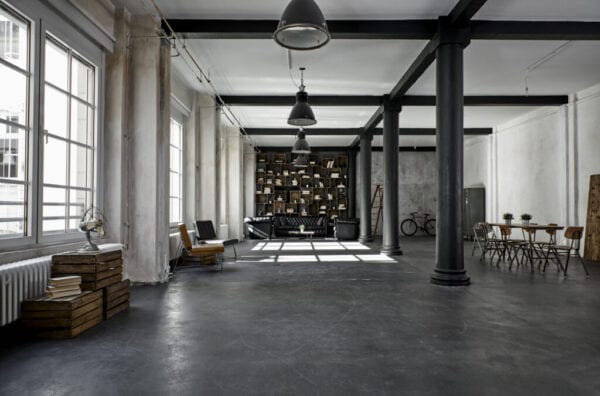
source: mymove.com
Transparent pipelines and ductwork are prominent features of Industrial Interiors, which are often covered behind thick walls. The mechanics of your establishment are left exposed, as is the attractiveness of industrial elements. Along with the exposed pipes, splash your ceiling with a dark hue.
Bare Bulbs
The Edison light bulb reigns supreme in industrial illumination! Companies become well-known for their gorgeous lighting fixtures that utilize naked bulbs in their industrial designs.
Wood & Metal
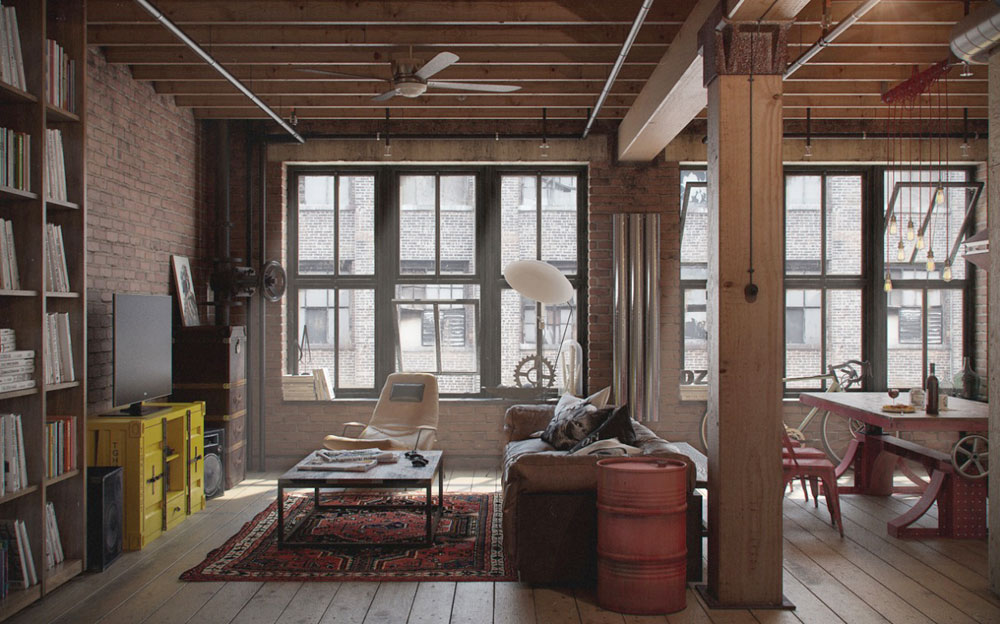
source: impressiveinteriordesign.com
The most common colors for this design are earth tones and neutrals. A hardwood table with black powder-coated metal seats, a kitchen with stainless steel worktops, and so on all work well to give your area an effortlessly modern vibe.
Open Layout
Earthy colors and neutrals are the most popular colors for this style. A wooden table with gun powder-painted metal chairs, a kitchen with stainless steel worktops, and so on all contribute to an easy modern atmosphere in your space.
Concrete
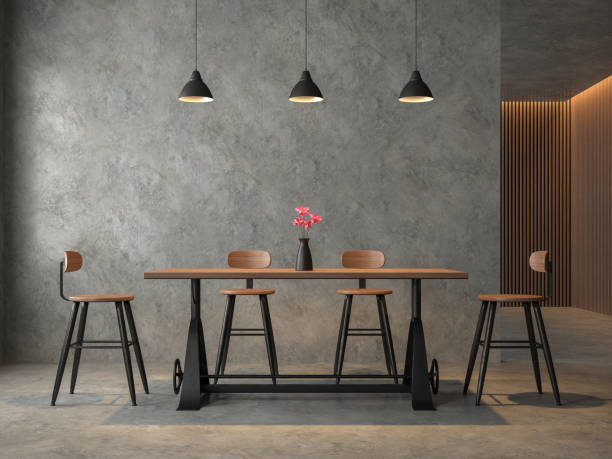
source: istockphoto.com
Finally, became aware of concrete worktops, concrete flooring, and other design aspects in industrial homes. Concrete is often dark grey and pairs well with various metals and woods. However, concrete has been utilized in dwellings long before that time! How many factories and storage facilities, after all, have concrete floors and walls? It’s a really industrial-style material that’s not going anywhere anytime soon!

